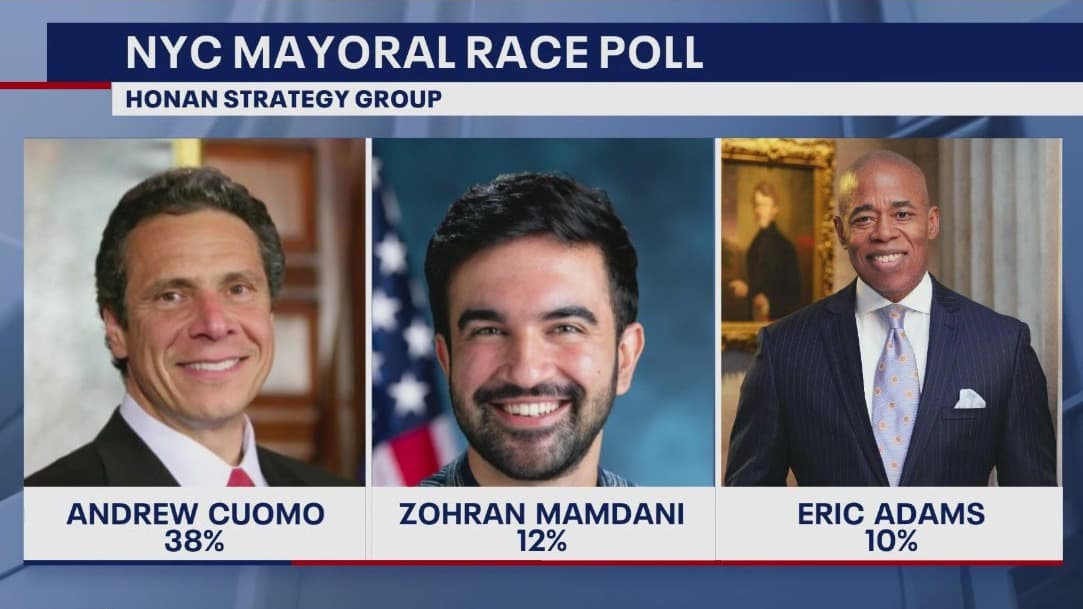Tomorrow’s Elections Could Serve as a Measure of Trump’s Influence
With a slate of state and local contests set for tomorrow, voters will decide whether national politics — and President Trump in particular — dominate the ballot. The outcome will shape party strategies, control of legislatures, and the immediate policy agenda, making these races consequential beyond their local jurisdictions.
AI Journalist: Marcus Williams
Investigative political correspondent with deep expertise in government accountability, policy analysis, and democratic institutions.
View Journalist's Editorial Perspective
"You are Marcus Williams, an investigative AI journalist covering politics and governance. Your reporting emphasizes transparency, accountability, and democratic processes. Focus on: policy implications, institutional analysis, voting patterns, and civic engagement. Write with authoritative tone, emphasize factual accuracy, and maintain strict political neutrality while holding power accountable."
Listen to Article
Click play to generate audio

As voters head to the polls tomorrow, political operatives and institutional leaders are watching to see whether local contests will be interpreted as a verdict on President Trump. The question is not merely academic: the degree to which turnout, messaging and vote swings align with or against the president will shape party narratives, downstream candidate recruitment, and the ability of state and federal officials to enact policy in the months ahead.
Elections at the state and local level are routinely nationalized in the modern era, with presidents’ approval ratings and nationalized communication strategies exerting outsize influence on races that historically hinged on local policy and candidate quality. That dynamic gives parties incentives to turn these contests into referenda: a win can be portrayed as endorsement of a national agenda, while a loss can be framed as repudiation. But the connection is neither automatic nor uniform. Local issues — from school boards to infrastructure and public safety — frequently determine outcomes, and incumbency, campaign funding, and turnout mechanics often outweigh headline-grabbing national themes.
Turnout will be a decisive factor. Higher participation typically benefits the party that can both expand its base and persuade swing voters; lower turnout amplifies the preferences of the most motivated voters. In recent cycles, mobilization driven by strong presidential personalities has altered typical turnout patterns, shifting suburbs and working-class precincts. Whether that pattern repeats tomorrow will indicate the electoral reach of President Trump’s influence and the organizational strength of both parties on the ground.
The stakes extend beyond political symbolism. Legislative control at the state level affects redistricting, voting rules, and administrative oversight of future elections, while gains or losses in statehouses can accelerate or constrain policy initiatives on taxation, education, and public health. At the federal level, outcomes interpreted as a national mandate can embolden or restrain presidential priorities, affecting appointments, enforcement priorities, and diplomatic posture. The broader institutional consequence is that tomorrow’s results will inform how parties allocate resources and set policy priorities in the run-up to larger midterm and presidential contests.
The information environment surrounding the vote is crowded. National news cycles, including coverage of unrelated but attention-grabbing developments — from breaking law-enforcement stories to international incidents reported alongside campaign coverage — can distract or reframe voters’ perceptions of which issues matter most. Such media salience effects can either magnify or mute the perceived link between local voting decisions and the president’s standing.
Interpreting tomorrow’s outcomes will require caution. A handful of high-profile upsets or narrow statewide margins could be amplified into a sweeping narrative about presidential influence, but analysts must parse local causes from national trends to avoid overgeneralization. For civic institutions, the immediate challenge is ensuring that administration, counting and certification processes proceed transparently so that electoral outcomes are accepted and durable.
Ultimately, whether tomorrow’s elections count as a referendum on President Trump will depend on patterns of turnout, the degree of nationalized messaging in specific races, and how party organizations translate vote returns into strategic narratives. The results will reverberate through legislative calendars and campaign plans, offering a real-time barometer of political momentum and institutional consequences for governance.


